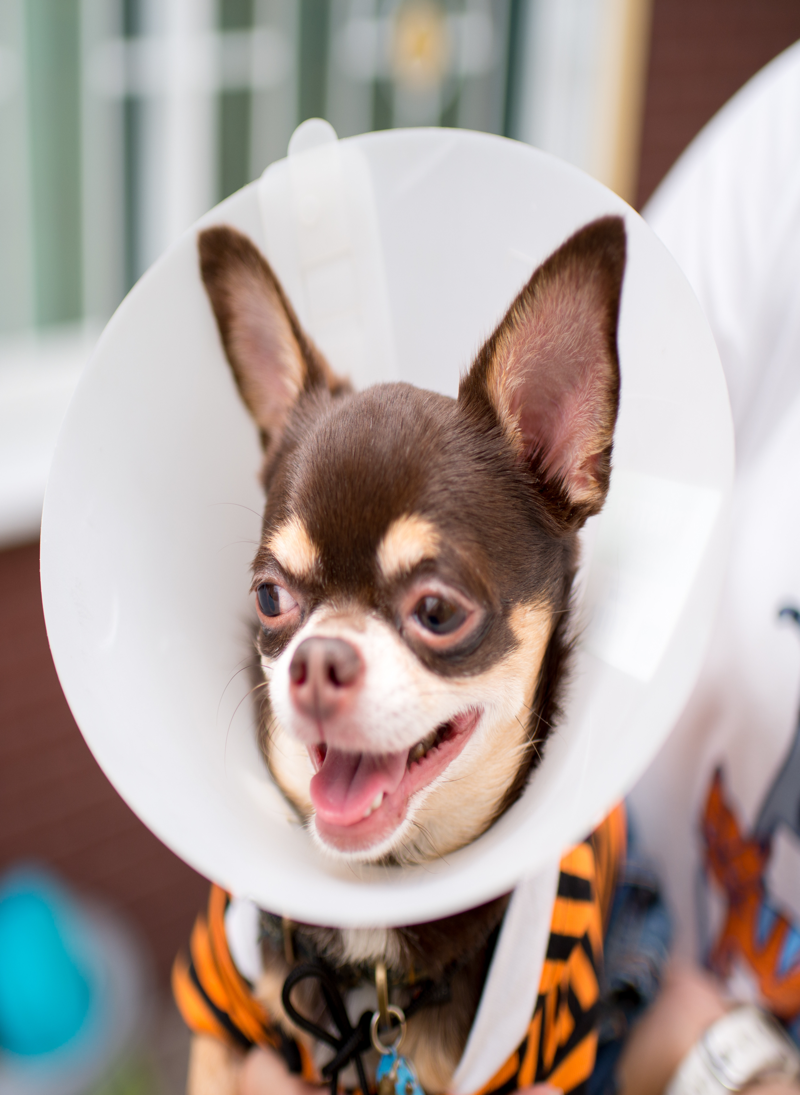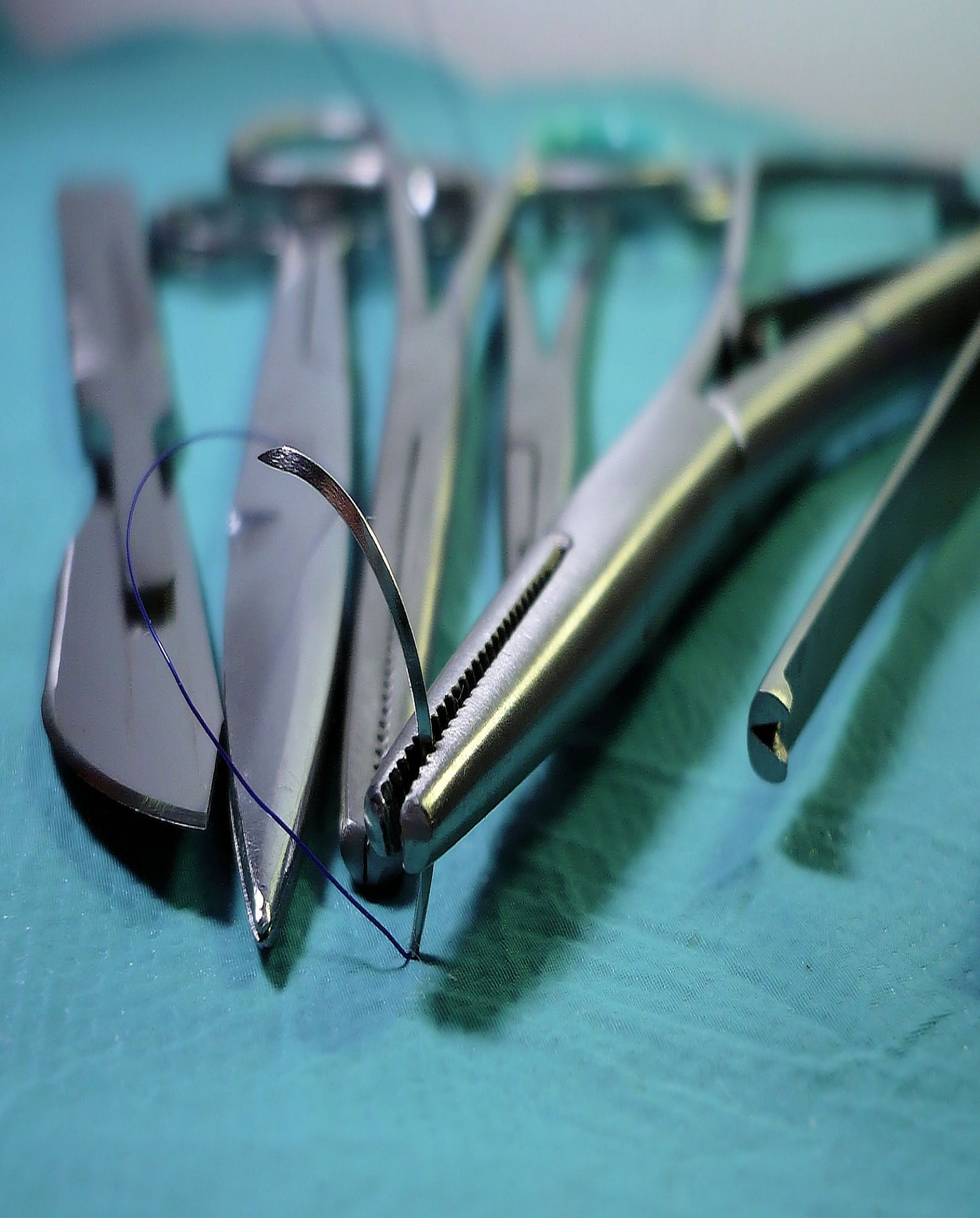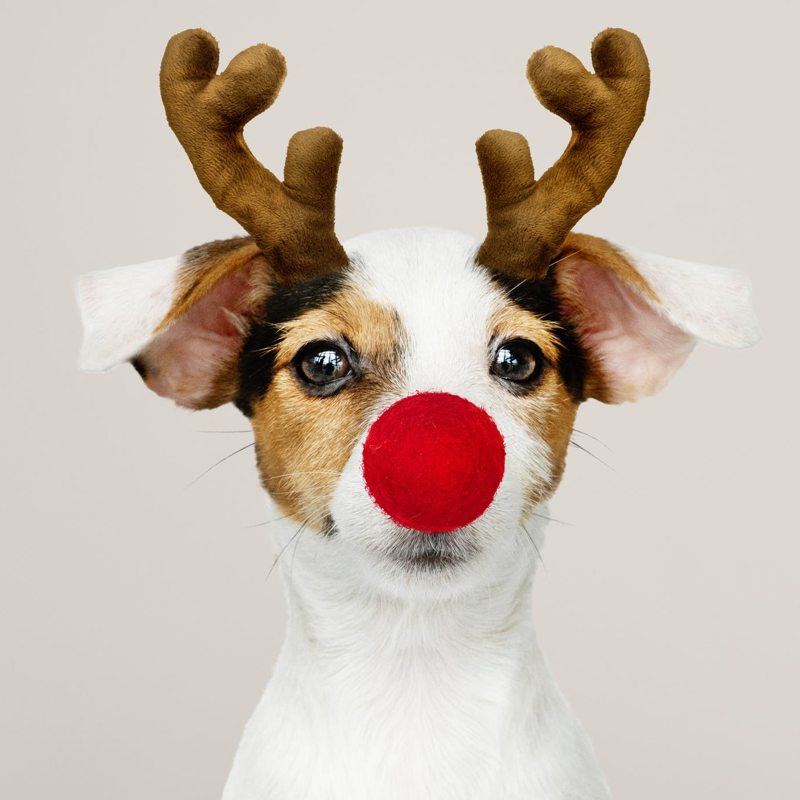Mammary Tumors ($750-$1800) -Miami
Approximately 25% of unspayed female dogs will develop a mammary mass at some point in their lifetime.
The type of surgery your vet will perform depends on the location, size, and number of mammary masses your pet has. In addition, the surgery varies for cats and dogs due to their unique biology. For dogs, the vet may remove the tumor alone or the tumor plus the affected mammary gland.
What’s included in this surgical procedure:
- Blood work lab
- Intravenous fluids
- General anesthesia
- Mammary tumor(s) surgery
- Pain medication
- Antibiotics treatment
- Biopsy
- Removal of stitches
- Small Dogs and Cats (less than 40 lbs) (1 tumor) = $750
- Mid size dogs (40 – 70 lbs) (1 tumor) = $950
- Big dogs (70 – 150 lbs) (1 tumor) = $1200
**additional tumors $200-300 per each according to size and risk
What to expect during Mammary Tumor Surgery?
- Pre anesthetic exam (in-house blood work)
- Intravenous fluids
- Our veterinary team will induce your dog into a safe state of general anesthesia
- Vital signs including breathing, heart rate, blood pressure, state of anesthesia, oxygenation levels, CO2 level, and body temperature are monitored closely
-
To start with, the vet will remove the tumor(s) and in certain cases a portion of the mammary glands.
- The surgeon closes the incision with surgical sutures, and in some cases a Penrose drain that will be removed a few days after surgery
- Postoperative medications are given, and postoperative care continues until your dog is completely recovered from the anesthesia
- We will keep your dog hospitalized until he/she completely recovers and is safe to send home with after care instructions
-
Home recovery takes approximately 14 days.
-
,In some cases, a second surgery for minor corrections could take place. Scheduling a second surgery prevents overcorrection that can result in outward rolling eyelids, known as ectropion.
Important Fact:
Stop feeding your dog food and water 12 hours before surgery. Food can complicate surgery and lead to fatal outcome.

Home Care Instructions
Our veterinary staff will also provide you with post-operative instructions to follow when your pet goes home. With your home care instructions you will receive medication to minimize to minimize post-op discomfort. The steps below you can follow at home in order to facilitate a safe and comfortable recovery:
Quiet Place
Provide a quiet place for your dog to recover
Avoid bathing
Avoid bathing your dog for at least ten days after surgery
Check Incision Daily
Check incision daily to confirm proper healing.
Call us
If your dog is lethargic, has decreased appetite, is vomiting and has diarreha.
Preventing Running and Jumping
Do not allow your dog to run and jump for seven to ten days following surgery
Pay attention to changes around the surgery area
If you find any redness, swelling, or discharge around the surgery area, or if incision is open please, call us



